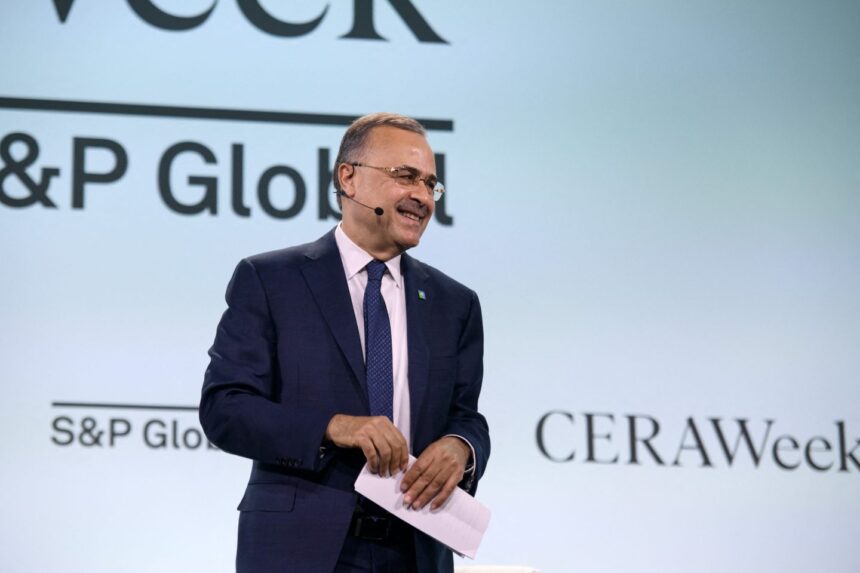In a significant move that has captured the attention of global markets, Saudi Arabia, the world’s largest crude oil exporter, has raised the price of its flagship Arab Light crude for Asian buyers. This decision comes amid heightened volatility in international oil prices and escalating geopolitical tensions in the Middle East. The unexpected price hike has far-reaching implications for the global oil market, particularly for Asian economies that are heavily reliant on Middle Eastern oil.
The Price Hike: Details and Context
Saudi Aramco, the state-owned oil giant, announced an increase of $0.90 per barrel for its Arab Light crude, bringing the premium to $2.20 above the Dubai/Oman benchmark. This adjustment exceeded market expectations, which had anticipated a more modest increase of around $0.65 per barrel. The decision to raise prices for Asia, while simultaneously cutting prices for the U.S. and Europe, reflects a strategic response to regional market dynamics and geopolitical developments.
Geopolitical Tensions and Market Volatility
The timing of this price adjustment is critical. The Middle East is currently experiencing heightened geopolitical tensions, particularly with the ongoing conflict involving Israel and Iran. These tensions have contributed to significant fluctuations in oil prices, with Brent crude recently experiencing an 8% increase. The volatility is further exacerbated by concerns over potential disruptions to oil supply routes and the broader implications of regional instability.
Strategic Implications for Saudi Arabia
Saudi Arabia’s decision to raise prices for its Asian customers can be seen as a strategic move to capitalize on the region’s strong demand for crude oil. Asia, particularly China and India, represents a significant portion of Saudi Arabia’s oil exports. By increasing prices, Saudi Arabia aims to maximize its revenue from these key markets while managing its market share in other regions through price cuts.
Impact on Asian Economies
The price hike is likely to have a substantial impact on Asian economies, which are major importers of Saudi crude. Higher oil prices can lead to increased costs for industries and consumers, potentially affecting economic growth and inflation rates. For countries like China and India, which are already grappling with economic challenges, the increased cost of oil imports could pose additional economic pressures.
Global Oil Market Dynamics
The decision by Saudi Arabia also highlights the complex dynamics of the global oil market. The divergent pricing strategy—raising prices for Asia while cutting them for the U.S. and Europe—suggests an effort to balance supply and demand across different regions. This approach may also reflect expectations of local imbalances in the oil market, with stronger demand anticipated in Asia compared to other regions.
Saudi Arabia’s move to raise the price of its flagship crude for Asia amid high market volatility and geopolitical tensions underscores the intricate interplay between global politics and energy markets. As the Middle East continues to navigate through a period of instability, the decisions made by major oil producers like Saudi Arabia will have profound implications for the global economy. For now, the focus remains on how Asian economies will adapt to these changes and what this means for the future of global oil markets.













